A long cruise - Cartagena, Spain - part 7
jim_1 (Zone 5B)
9 years ago
Related Stories
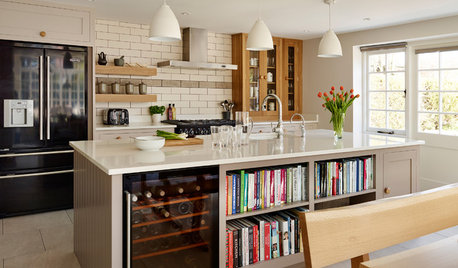
STANDARD MEASUREMENTSKey Measurements for a Wine Cellar, Part 1
Find out the best ways to store your stash and how much space you need for wine refrigerators, racks and other storage
Full Story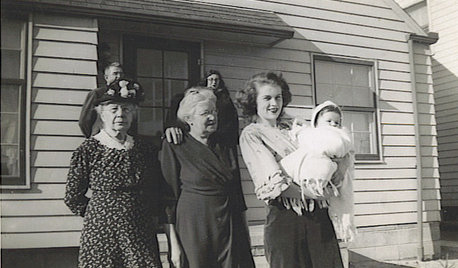
LIFETime Travel to Houzzers' Childhood Homes, Part 1
Peek into home design's past and share the memories of Houzz community members with these personal photos and stories
Full Story
MOST POPULAR7 Ways to Design Your Kitchen to Help You Lose Weight
In his new book, Slim by Design, eating-behavior expert Brian Wansink shows us how to get our kitchens working better
Full Story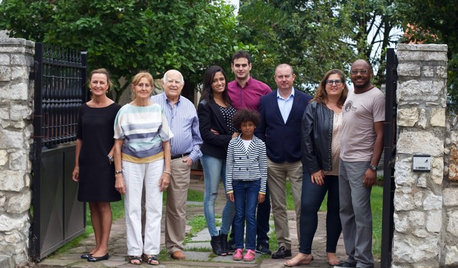
LIFEWorld of Design: See How 7 Families Live in Multigenerational Homes
What happens when three or more generations live within shouting distance of one another? More hugging than shouting, actually
Full Story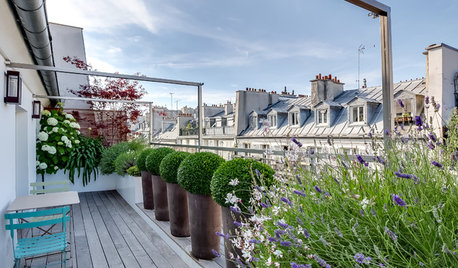
GARDENING AND LANDSCAPINGWorld of Design: 11 Balconies Straight Out of a Postcard
Pull up a chair and discover how people in Spain, Japan, Russia, Britain and elsewhere use and love their private lookouts
Full Story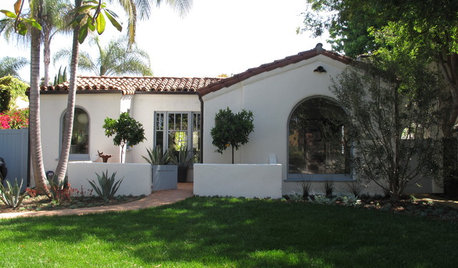
ARCHITECTURERoots of Style: Many Cultures Make Their Marks on Mediterranean Design
If you live in California, Florida or certain other parts of the U.S., your architecture may show distinct cultural influences
Full Story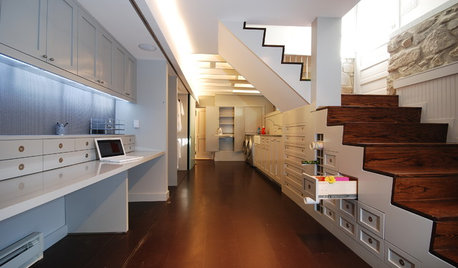
BASEMENTSDouble Take: The Disappearing Home Office
Watch a long workstation in a renovated basement vanish with the wave of a wand — er, with some clever architecture anyway
Full Story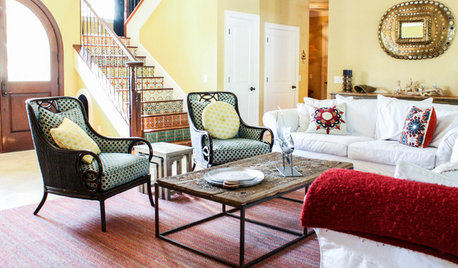
HOUZZ TOURSMy Houzz: Relaxing Mexican Resort Style in a Florida Home
Breezy and vibrant, this island home for a family of 7 has the air of their favorite retreat
Full Story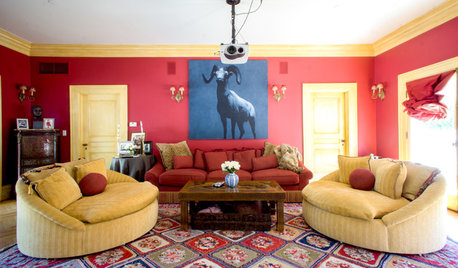
COLORFUL HOMESMy Houzz: A 1904 Georgian Colonial Gets a Personal Stamp
Art with a sense of humor rubs elbows with 17th-century features in a 7-bedroom home in a tony Silicon Valley neighborhood
Full Story
GREEN BUILDINGHouzz Tour: See a Concrete House With a $0 Energy Bill
Passive House principles and universal design elements result in a home that’ll work efficiently for the long haul
Full StoryMore Discussions







jim_1 (Zone 5B)Original Author
jim_1 (Zone 5B)Original Author
Related Professionals
Wixom Landscape Architects & Landscape Designers · East Patchogue Landscape Contractors · Hurricane Landscape Contractors · Kettering Landscape Contractors · Long Beach Landscape Contractors · Methuen Landscape Contractors · Paramount Landscape Contractors · Braintree Decks, Patios & Outdoor Enclosures · Crestline Decks, Patios & Outdoor Enclosures · Monroe Decks, Patios & Outdoor Enclosures · Portland Decks, Patios & Outdoor Enclosures · Channelview General Contractors · Enumclaw General Contractors · Geneva General Contractors · Wolf Trap General Contractorsjim_1 (Zone 5B)Original Author
jim_1 (Zone 5B)Original Author
jim_1 (Zone 5B)Original Author
jim_1 (Zone 5B)Original Author
jim_1 (Zone 5B)Original Author
anneliese_32
jim_1 (Zone 5B)Original Author